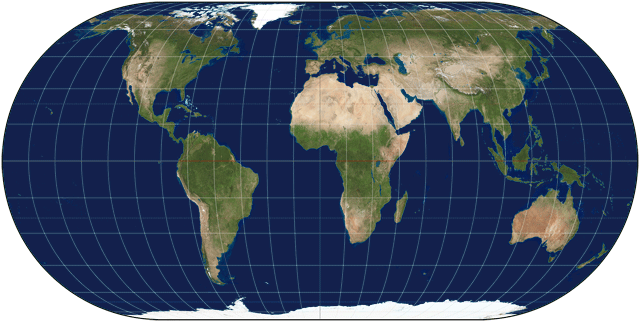
Geography
Geography today looks at the intersection between the physical features of a place, the environment, and the human activity that happens there. As such, it is a fundamentally interdisciplinary field, straddling the natural and social sciences and increasingly drawing upon the arts and other forms of expression and representation. For these reasons, Sarah Lawrence provides an exciting context as the community is predisposed to welcome Geography's breadth and interdisciplinary qualities. Geography courses are infused with the central questions of the discipline. What is the relationship between human beings and "nature"? How does globalization change spatial patterns of historical, political, economic, social and cultural human activities? And how do these patterns provide avenues for understanding our contemporary world and pathways for the future?
Just Maps and Rocks?
Excerpt from Sally Ann Flecker's article for the Sarah Lawrence Magazine
Chances are good that when you think about geography, you think of maps, and you wonder, with the cacophony of satellites winking down at us from space, with GPS devices so prolific that paper road maps are practically obsolete, with Google Earth available on your iPhone, for heaven's sake-why would anyone need to study geography? But that's too narrow a sense of the field. "Everyone thinks geography is maps-or rocks" says Muldavin, whose field is regularly confused with geology by outsiders. Actually, geography today looks at the intersection between the physical features of a place, the environment, and the human activity that happens there.
.jpg)
Muldavin talks a lot about "reading" landscapes-politically, economically, environmentally, socially, culturally, historically. In his agriculture class at Sarah Lawrence, he shows slides from fields around the world and asks the class to try to identify the crop and its location. Then he hits them with a barrage of questions-what can they tell, from this one slide, about agricultural organization and production there? He's trying to get his students to envision the layers of political, economic, and historical relationships that reside on top of that landscape, shaping and changing it.
Truth be told, geography has a bloody history. It was the discipline of discovery, Muldavin says. As such, it became inextricably linked to power, colonialism, military expansion. You had to map a place to know how to take it over. "It was about going out and cataloging places, their plants, their resources, their minerals, their peoples, so you could build mines and plantations and railroads and ports to extract and control resources" he says. "You could take a negative view of geography and say it was a history of the dominant over those who were dominated. It was about dividing and conquering. It was about creating private property where previously it had been communal property. It was about putting down lines where there were no lines before." Many of today's conflicts are rooted in the maps that were drawn without regard for native peoples and their histories, he says.
One of the more progressive uses of geography today is counter mapping, where a map with one kind of information is superimposed on top of another-often to surprising and illuminating effect. For instance, in the early 1990s, Muldavin worked with the Labor/ Community Strategy Center in Los Angeles, who mapped environmental pollution in LA and overlaid it with a map of ethnic groups and economic stratification in the region. What they found was revealing. "Among the poorest people of color you had the most environmentally unsound industries and the most pollution" says Muldavin. "The whole idea of environmental justice is often built upon these multilevel counter-mappings."

